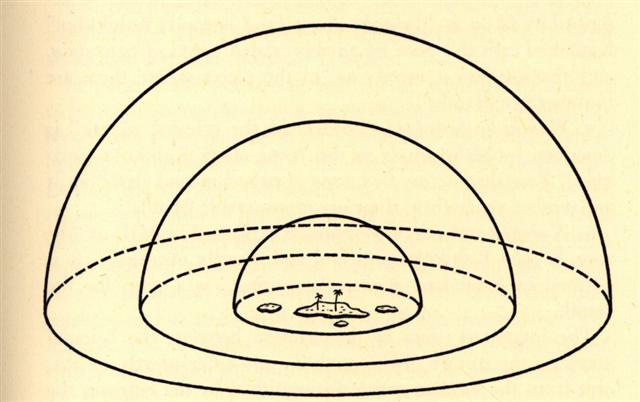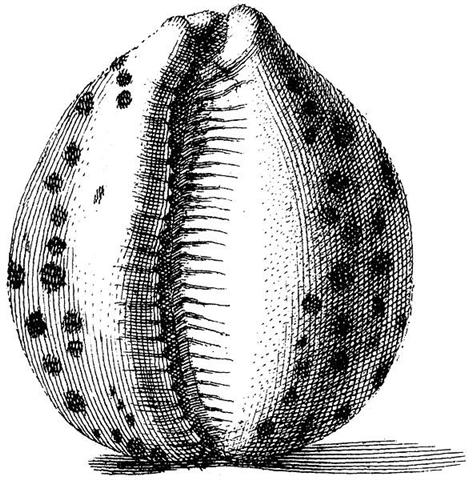Easter Island was said to be 'the Eighth Land' according to Barthel. Yet, according to Manuscript E we will get the impression that Te Pito o Te Kainga (Easter Island) was the first to be discovered: ... There are eight lands [evaru kainga]. One has been discovered [etahi i ravaa], namely, the little piece of earth (te pito o te kainga) ...
In Roman times counting went down, not up as we count today (except when noting time to an important event such as Christmas or the launching of a rocket): 8, 7, 6, 5, 4, 3, 2, 1, 0. ... The leap day was introduced as part of the Julian reform. The day following the Terminalia (February 23) was doubled, forming the 'bis sextum - literally 'double sixth', since February 24 was 'the sixth day before the Kalends of March' using Roman inclusive counting (March 1 was the 'first day'). Although exceptions exist, the first day of the bis sextum (February 24) was usually regarded as the intercalated or 'bissextile' day since the third century. February 29 came to be regarded as the leap day when the Roman system of numbering days was replaced by sequential numbering in the late Middle Ages ...
... Actually, we are dealing here with a figure of speech because 'seven' and 'eight' used as qualifying quantities play a traditional role in Oceania (Barthel 1962a). While the number seven is known as a topos in MQS., HAW., and MAO., the topos of the number eight goes far beyond eastern Polynesia (MQS., HAW., TAH.). In TON., the number eight is 'a conventional term signifying many or a well-balanced number' (McKern 1929:17), and on Malaita in the southern Solomon Islands, the physical world in its entirety is referred to as 'eight islands (wālu malau) (Ivens 1927:400). The number eight not only means 'many' but also denotes perfection. Thus, when Easter Island was called 'an eighth land', the expression contained first of all the idea of a 'last' island - an island farthest away from the rest of the islands that make up the oceanic world. At the same time, the expression indicated a special position among the other islands. The idea of groups of seven, which are surpassed by an eight element, seems to belong to the cosmology of Asian high cultures. For example, there are seven planets circling the world axis, which represents the eighth, and therefore central, position ... ... Ogotemmêli had his own ideas about calculation. The Dogon in fact did use the decimal system, because from the beginning they had counted on their fingers, but the basis of their reckoning had been the number eight and this number recurred in what they called in French la centaine, which for them meant eighty. Eighty was the limit of reckoning, after which a new series began. Nowadays there could be ten such series, so that the European 1,000 corresponded to the Dogon 800. But Ogotemmêli believed that in the beginning men counted by eights - the number of cowries on each hand, that they had used their ten fingers to arrive at eighty, but that the number eight appeared again in order to produce 640 (8 x 10 x 8). 'Six hundred and forty', he said, 'is the end of the reckoning.' According to him, 640 covenant-stones had been thrown up by the seventh Nummo to make the outline in the grave of Lébé.
So the cowries that the father of the first twins found in the ground when harvesting millet after the second sowing, were a foreshadowing of commerce ...
|
||||||||||||||||||||||||||||||||||



